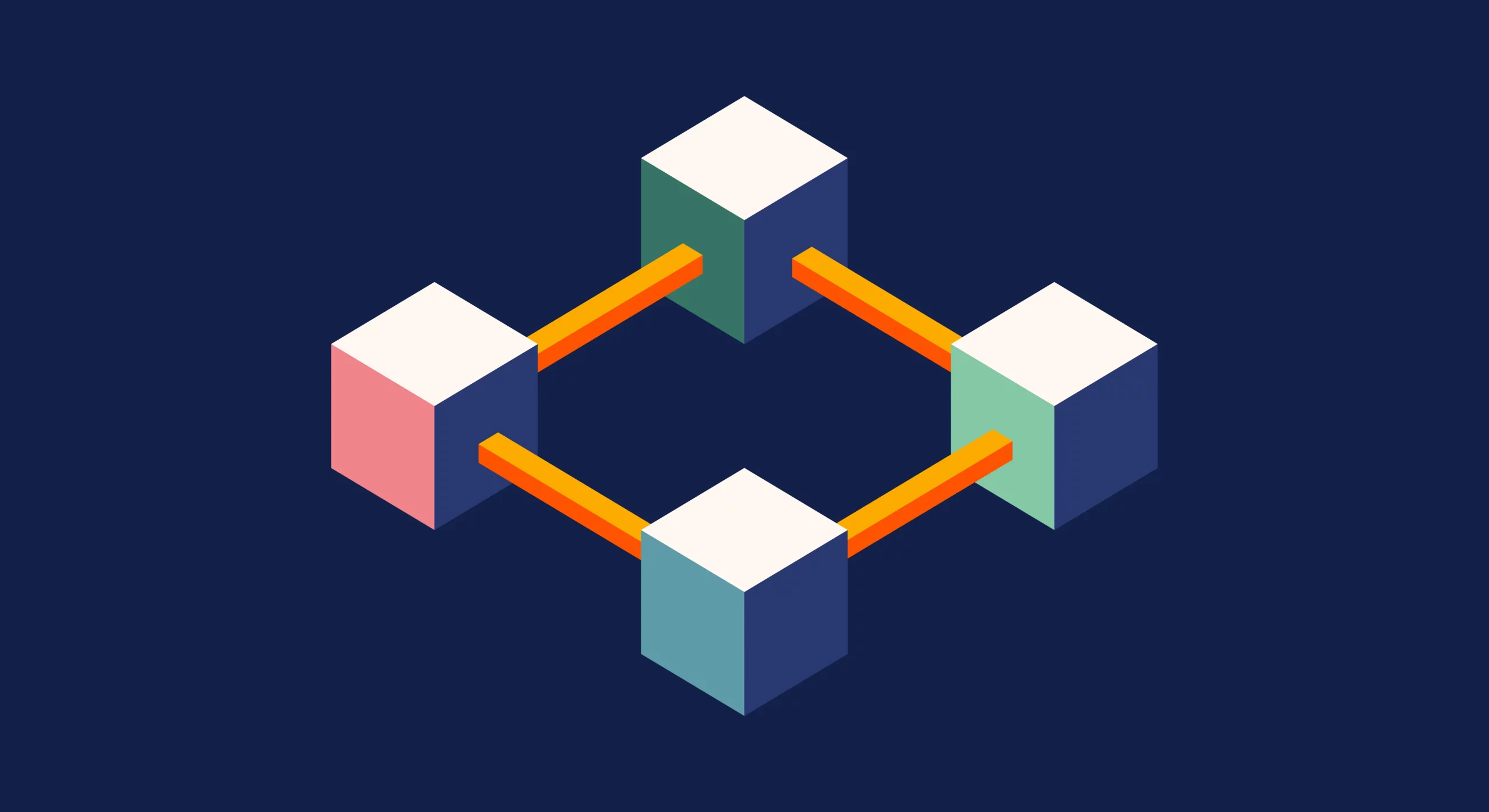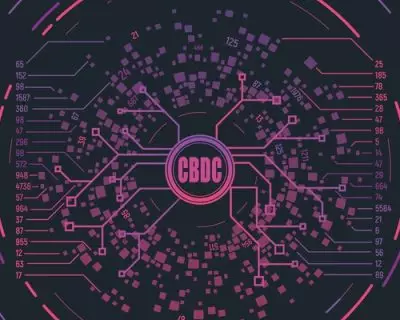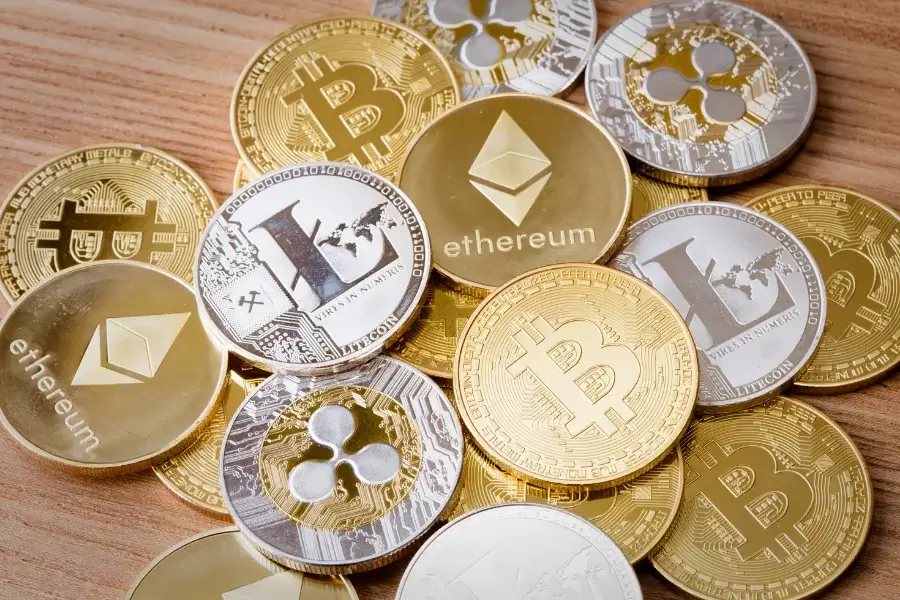Top Web3 Social Media Platforms in 2025
If you’re tired of Facebook, Instagram, TikTok, or other older mainstream social networks that often are involved in scandals related to questionable data practices, you’re not alone. Many people are frustrated with the same old problems they come with, whether those issues are intentional or just due to the limits of Web2 technology.
However, with the rise of Web3, new social platforms have emerged that could make the traditional favorite social media platforms in Web2 a thing of the past. In this article, we’ll introduce you to the top Web3 social platforms available in 2025.
Plus, since social media often depends on connecting through Web3 platforms, we’ll also show you some options you can use alongside these new social networks.
[nativeAds]
Best Web3 Social Media Platforms Of 2025
1. Steemit
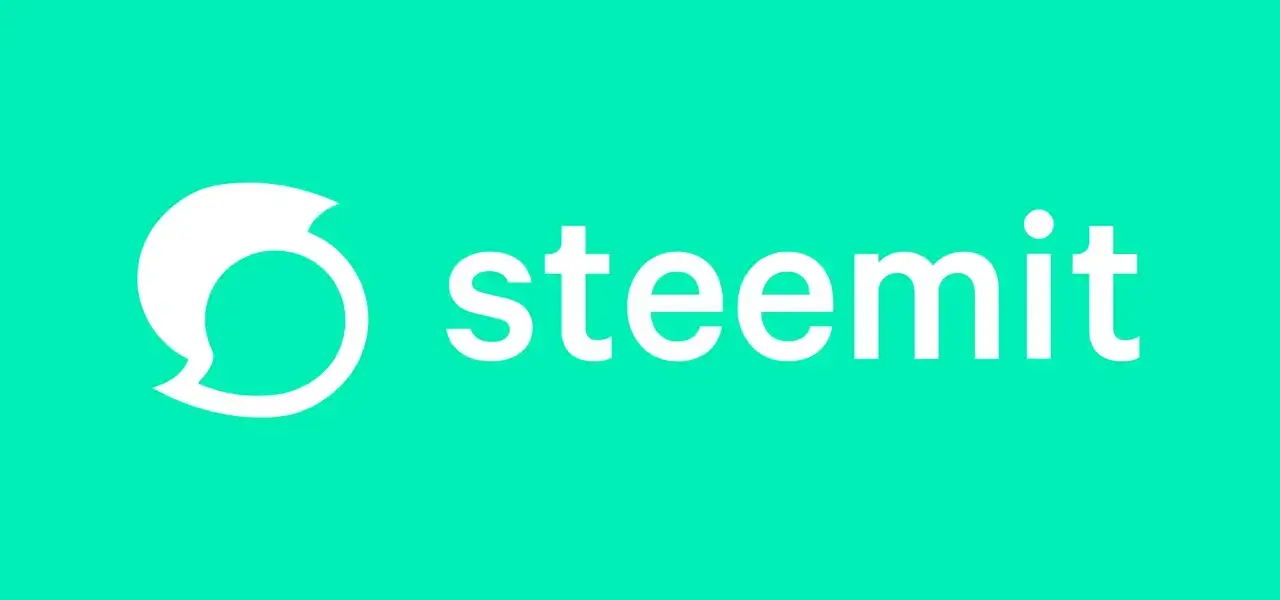
Launched in 2016, Steemit is an innovative blockchain-based social media platform that rewards users for content creation and active engagements. Moreover, Steemit rewards both voting and posting.
Designed as a dApp built on the Steem blockchain, this decentralized social media platform can offer significant value and influence creators to bring a new perspective to social interactions.
The platform’s decentralized governance system also gives users a voice in decision-making, thus growing a democratic community-driven environment.
2. Minds
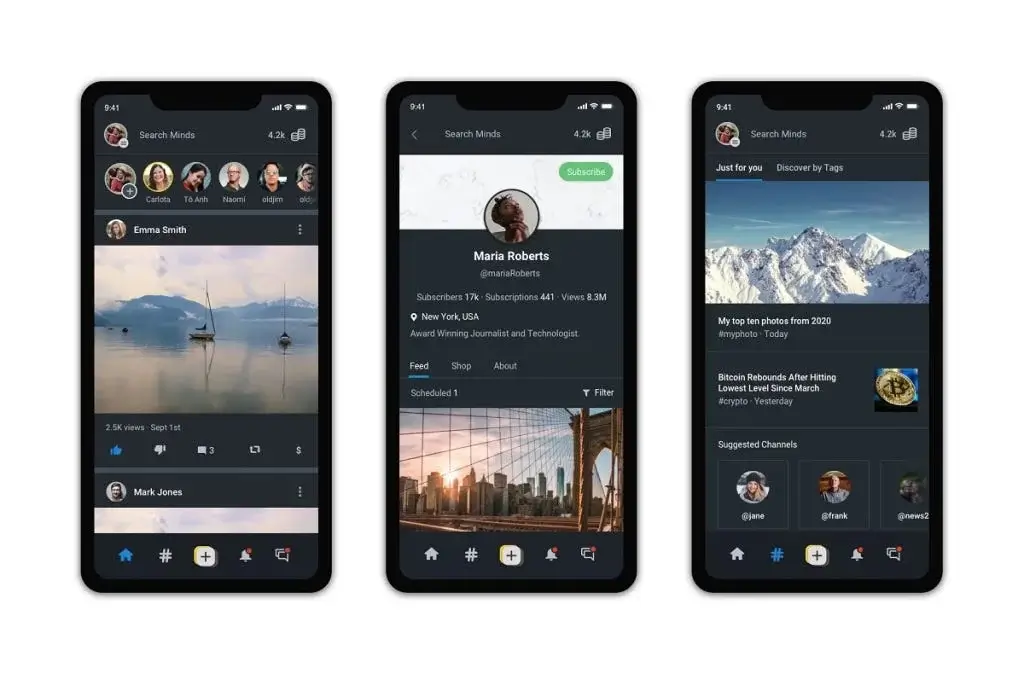
Of course, Web3 needed to provide a decentralized Twitter alternative platform that promotes free speech within a transparent and censorship-resistant global network that enhances user privacy and user-owned content.
Minds‘ online network rewards active users with MINDS tokens to boost their content, support other users, and upgrade to premium membership. Due to governance politics, by 2020, Minds reached 2.5 million registered users, thus exposing its full potential.
3. Mastodon
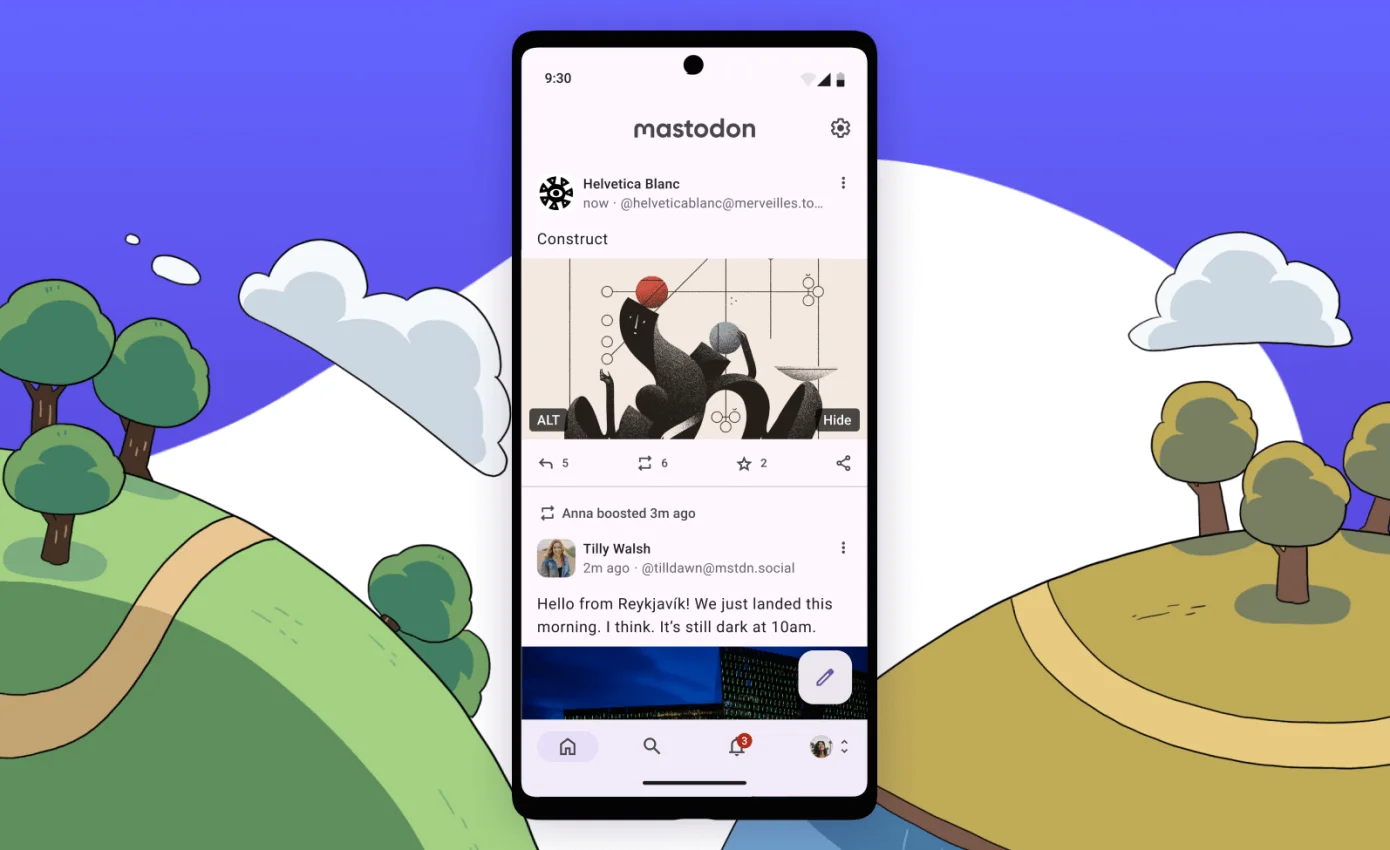
Another excellent example of a decentralized social media platform that gives power to its users is Mastodon. Operating on decentralized principles and from an open-source stance, Mastodon offers users autonomy and lets them create their version of the community, called instances.
What is striking is the fact that each instance operates independently, yet users still have access to the broader social network due to interoperability principles.
As a result, this decentralized Twitter alternative has steadily increased its user base, reaching 2.1 million active users, stated CEO Eugen Rochko in a post.
4. Lens Protocol

This Web3 decentralized application embodies a significant layer of security. It allows users to store and share personal data on multiple networks, as in centralized social media platforms, without needing an intermediary.
As such, Lens Protocol managed to grow its target audience and supports Web3 crypto wallets like MetaMask. This prevents users’ bounce rate from being minimal since the users do not need to lee over a Web2 payment service such as PayPal or other bank accounts.
5. Diamond App
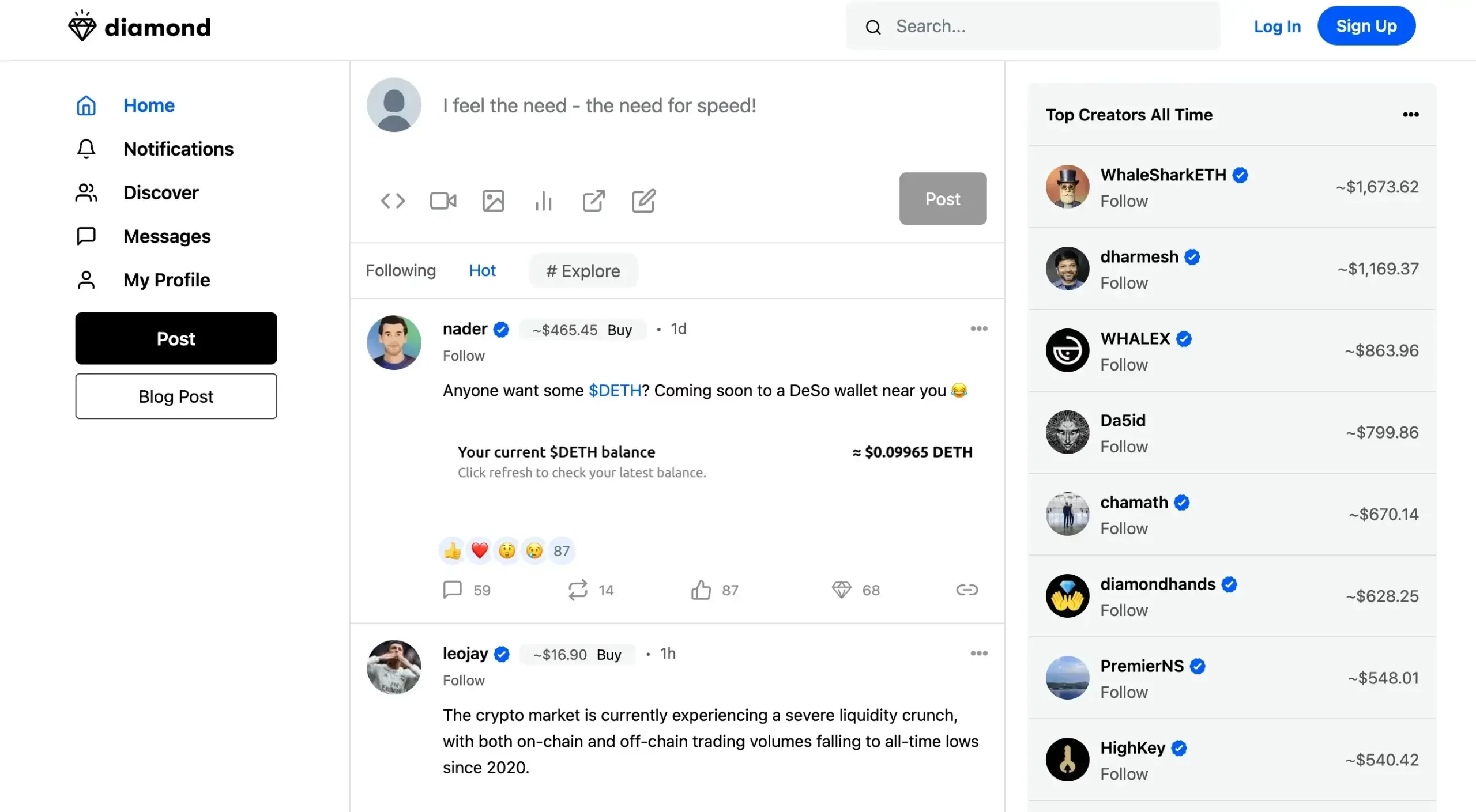
The app is an all-in-one social media network developed by Diamond Labs Inc., a subsidiary of Consensys Ventures LLC, a venture capital firm specializing in investing in blockchain projects. Diamond enables users to have private chats, group conversations, secure crypto payments, and many more, all from a single online instance.
6. DSCVR
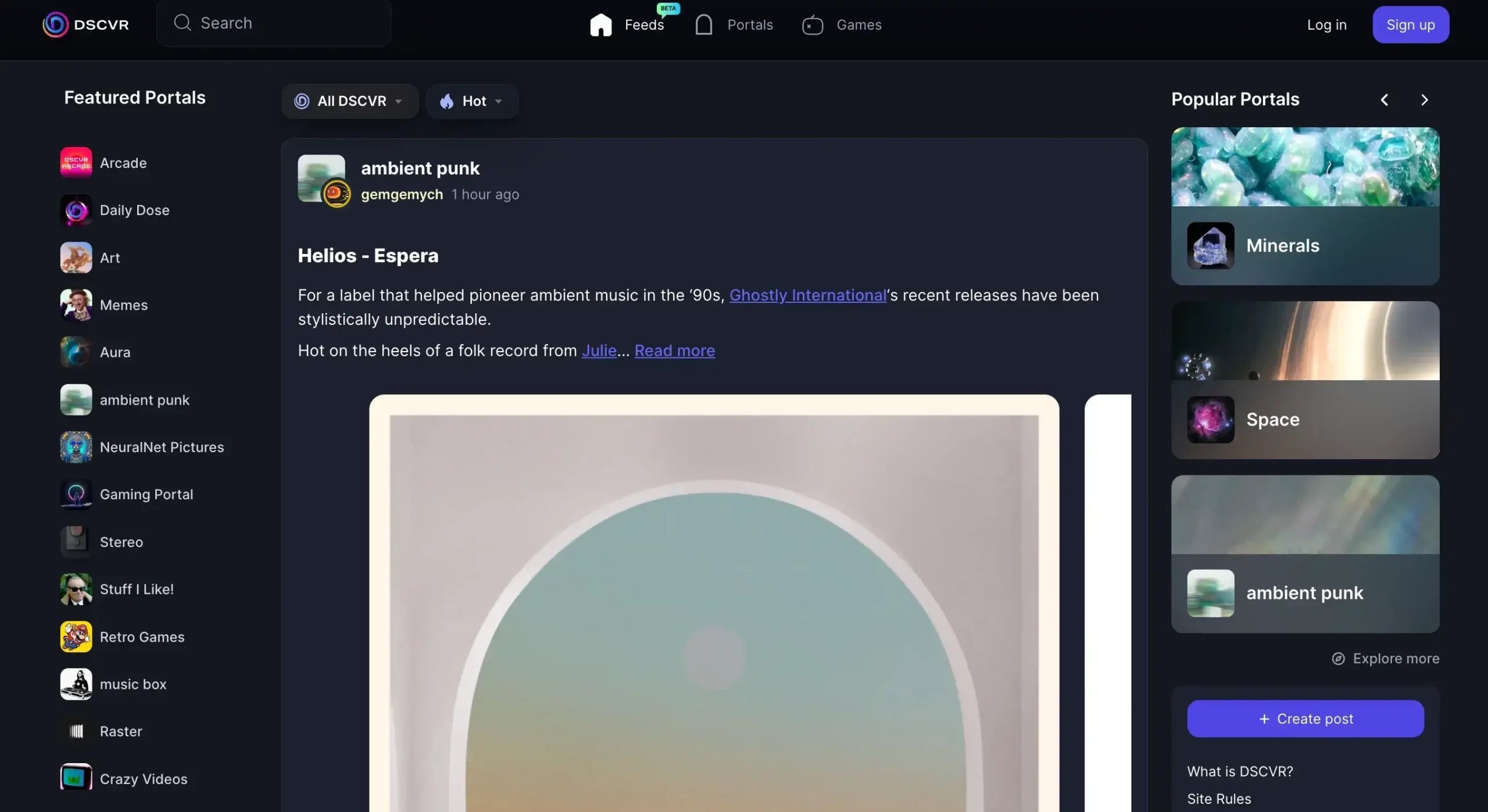
DSCVR, or simply Discover, aims to be a creative mix of Reddit-based alternatives with a sparkly integration of Medium’s blog, which uses Internet Computer Protocol (ICP) to offer high web speed to all its active users.
Currently, DSCVR has approximately 1,000,000 monthly active users who have access to the content and the platform, whose words are bricks to the foundation and evolution of such a venue.
7. Chingari
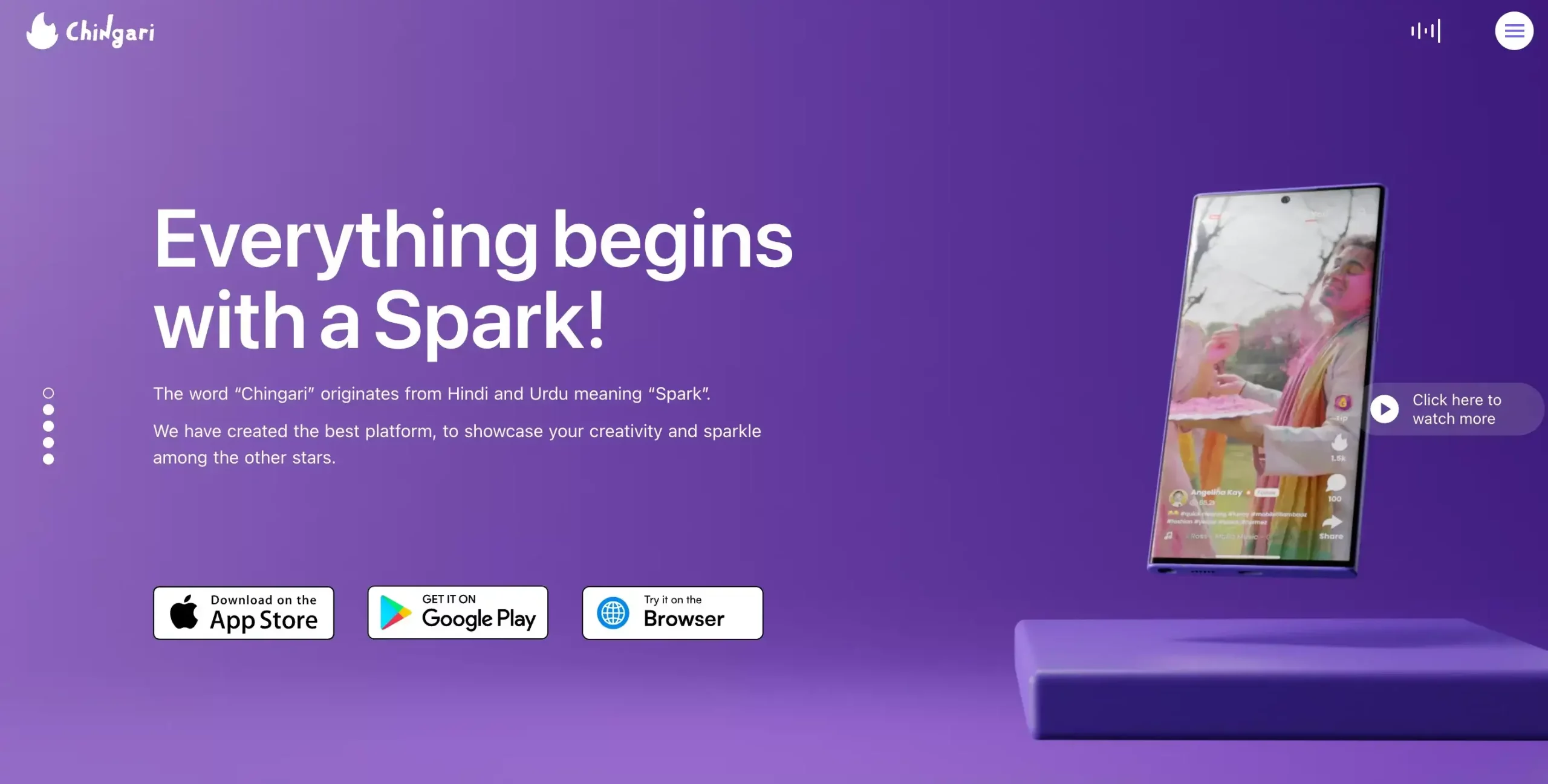
Originating from India, Chingari Network is a popular short-video content creation platform that was launched in 2018. The platform’s success can be correlated to the 2020 Indian government ban on TikTok and other Chinese apps, and since then, Chingari gained a lot of traction.
Besides the user-owned content, the social platform also uses localized content and other regional languages, thus making it available for many users and growing Chingari’s user base to 2.2 million social media users in 2022. Additionally, the subscription revenue was $700,000 in January alone.
8. Akasha: Best for Prioritizing Freedom and Privacy
Akasha is a decentralized social media platform designed to prioritize freedom of speech, privacy, and control over one’s own data. It’s built on the Ethereum blockchain, providing a secure space where users can share ideas, thoughts, and creative content without worrying about censorship or being watched.
Akasha has a simple and easy-to-use interface that lets users post, comment, and react to content.
It also has its own token, AETH, which users can earn by creating and engaging with content. Akasha is an excellent choice for those seeking a fairer, more user-focused social media experience.
Top 3 Web3 Platforms in 2025
1. Brave Browser
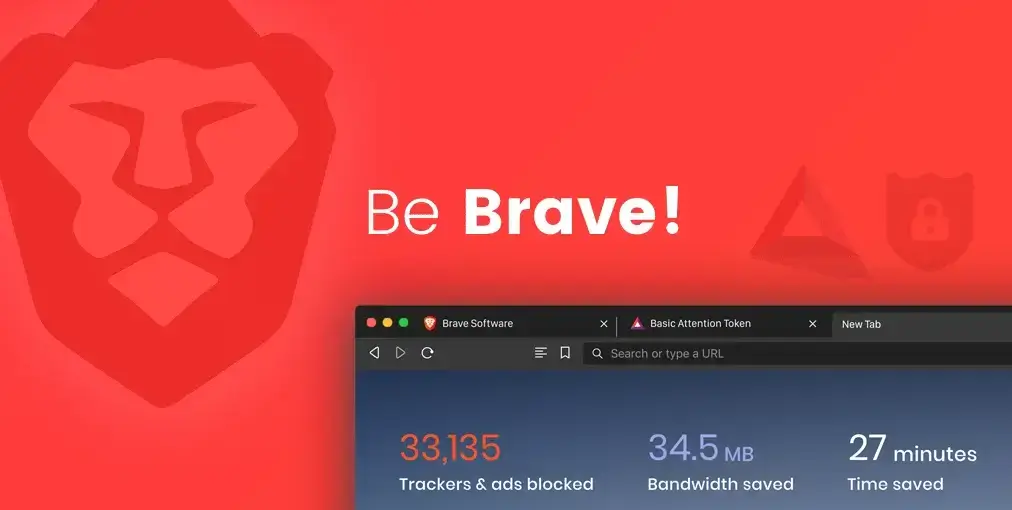
Brave.com is a new and improved search engine developed by Brendan Eich, the co-founder and CEO of Mozilla, in response to the current state of traditional platforms, which are susceptible to biased politics, data breaches, and other issues.
As a result, Brave, the blockchain-based system developed to support native Ethereum apps and web-based crypto wallets, seems a better choice for users interested in benefiting from Web3 apps securely, blocking privacy-invasive ads and trackers to ensure maximum protection.
Moreover, Brave rewards users with Basic Attention Tokens, also called BATs, for viewing ads within the Web3 browser. Be sure to check the Brave’s rewarding system for more details.
2. StepN – Fitness App
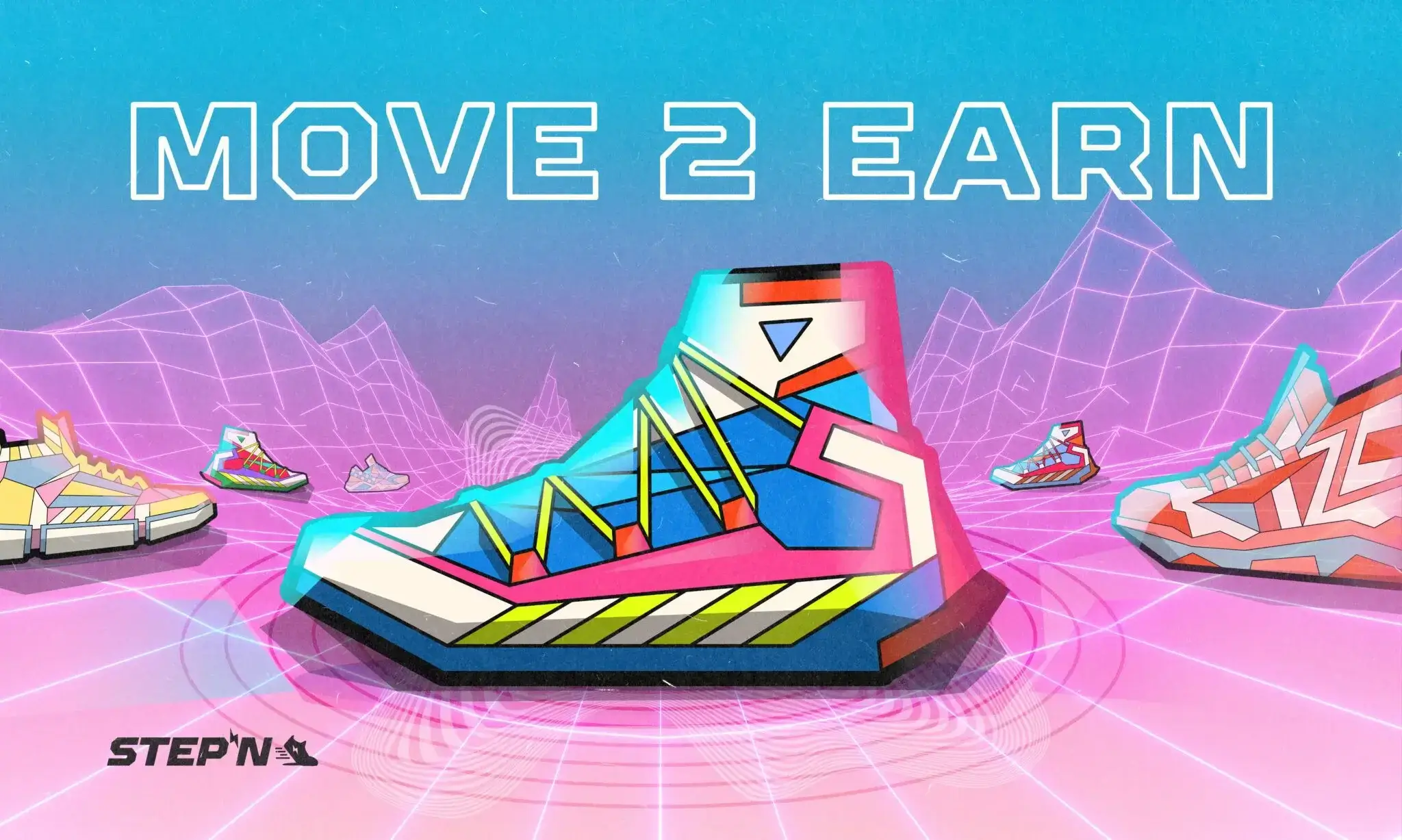
StepN is a Web3 lifestyle app that works just like any other fitness tracking app. It is the first project with a functioning move-to-earn concept and finished fourth out of 500+ projects at the Solana Ignition Hackathon 2021.
The StepN project aims to combat obesity and climate change by rewarding its users with crypto and other digital assets, thus promoting a healthier lifestyle. Their game token is GST, and the governance token is GMT.
Learning how to play, get moving, earn cryptos, and enjoy a healthier lifestyle seems to be the recipe for success, right?
3. Decentraland – Your New and Exciting Digital Realm
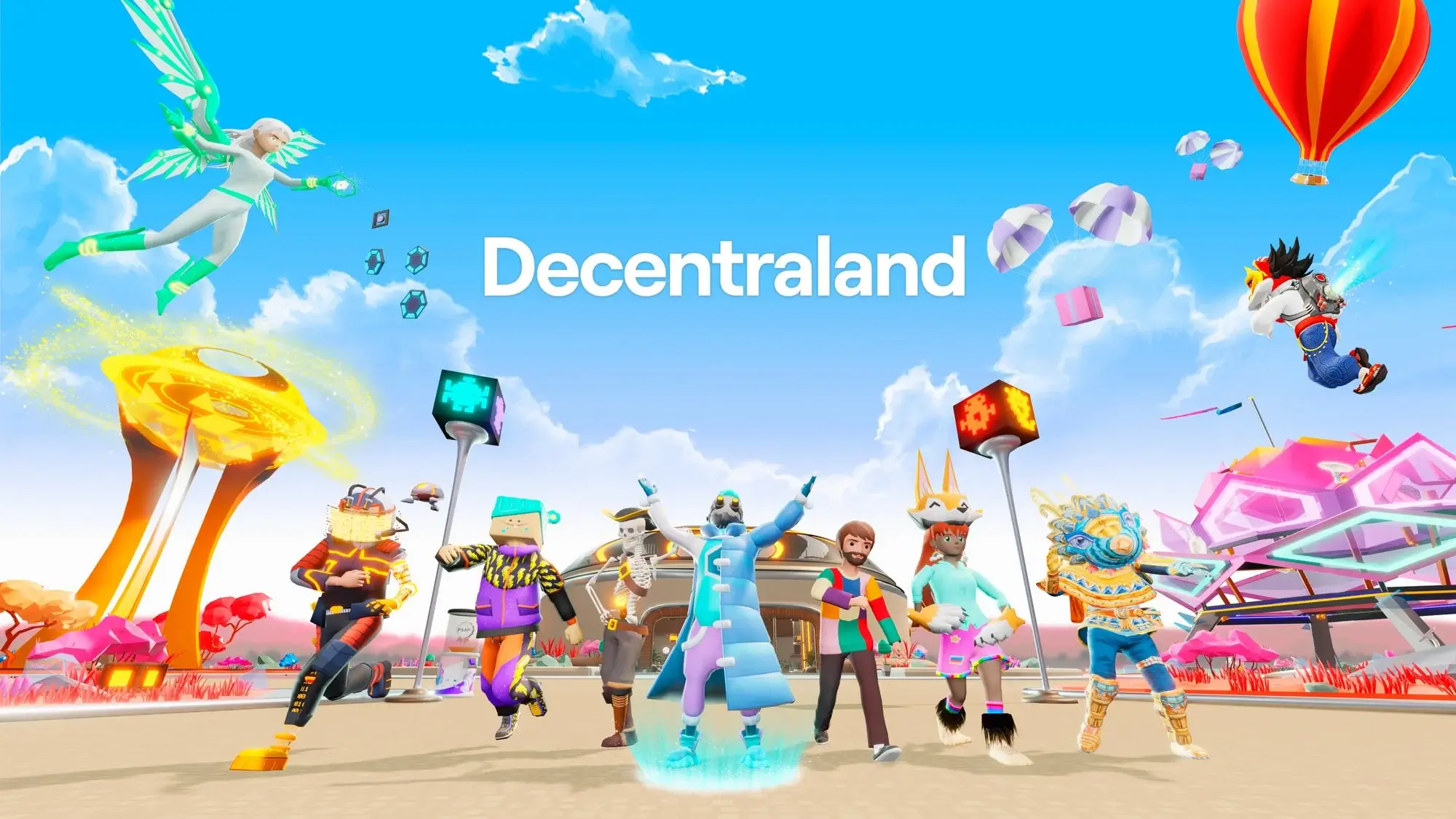
Apart from the fun and colorful graphics, Decentraland is a digital ecosystem that integrates a virtual game reality show in a 3D format. Users share the digital experience by playing games, earning and exchanging collectibles, real estate, wearables, and more, with the sole mission of interacting with each other.
The platform has been developed as a user-owned and Ethereum-based platform, forming an open-world metaverse that uses multiple technologies, such as AR and VR, and, nonetheless, the power of good old internet access.
Let your creativity go wild within Decentraland, the dynamic and virtual social world!
What Is a Web3 Social Media Platform?
We know that classic social media platforms work in a centralized manner, meaning that a central authority governs the venue, rules the social bubble, and, most importantly, requires its users to disclose personal information, which raises many privacy and security concerns.
Well, Web3 social platforms act pretty differently. They prioritize user empowerment by decentralizing data ownership and control within the blockchain ecosystem.
These decentralized social media platforms use independent servers to enable users to form, sustain, and own communities by harnessing free speech, user-generated content, and data ownership.
As decentralized platforms challenge classic social media platforms to step up their privacy game, social media users are becoming increasingly aware of centralized platforms’ power play and downsides.
Decentralized Social Media Vs. Traditional Social Media Platforms
Now that we know what a Web3 social media platform is, it’s time to learn more about the differences between these 2 antithesis platforms. As such, we can pinpoint that a traditional social media platform acts from a centralized control stance, giving a voice to the masses yet compromising user data privacy, many of which result in breaches.
Additionally, centralized social media platforms owned by big tech players could use censorship policies that limit freedom of expression to gain user control.
In comparison, Web3 networks address some of these inquiries and aim to solve them by tackling the blockchain trilemma concept: decentralized, scalable, and secure.
Decentralization implies that the control is shifted from one central entity, company, or government and is split across smaller groups to govern something, in our case, the social media platforms.
The scalability of decentralized social media apps or networks refers to how Web3 apps adapt to the growing demand for their services. As Web3 apps rely on blockchain’s distributed ledgers, solving scalability is essential for reaching a more comprehensive form of Web3 to create internet freedom in all its glory as a safer and more democratic space that empowers users and innovates without intermediaries.
Moreover, the security aspect of these decentralized platforms values and influences creators to take data ownership, especially when it’s not stored on a single server but spread across multiple blockchain nodes. Thus, users can have more control over how and when their data is shared.
Ultimately, the Web3 platform militates and brings a new way of perceiving our immersive digital world by interacting online securely and safely, whereby we gain access to our digital assets and change how we communicate online without being part of the database of many external entities.
Key Features of Web3 Social Media Platforms
1. Interoperability
This stance breaks down one of the most challenging aspects of the classic social platforms, leveraging blockchain technology and empowering users to interact and share content across various Web3 networks seamlessly.
An excellent example of traditional social media platforms’ restrictive capacity can be seen in the Vine vs. Facebook incident, in which Mark Zuckerberg restricted Facebook’s ability to interoperate with the video competitor.
2. Ownership and User Privacy
Biased and censorship issues arose from the lack of data ownership, user control, and privacy breaches, and as a result, Web3 continues to revolutionize by implementing the decentralized governance model.
3. Tokenized Social Network
We need to get one thing straight: cryptocurrency, blockchain technology, and Web3 social platforms are interconnected concepts within the broader realm of decentralized technologies. Given all these, Web3 networks use crypto tokens to stimulate content creation and active engagement by rewarding users for their contributions.
These efforts result in a democratic and meritocratic ecosystem that enables users to earn social crypto tokens.
Benefits of Web3 Social Media
By embracing the Web3 social media revolution with good and bad and advocating for a cultural shift rather than a tech-only view, we can enjoy many benefits that are low-hanging fruits, such as:
1. User Ownership and Control
At its core, Web3 empowers people to manage their data, thus reducing data breaches within the social platform.
2. Privacy and Enhanced Security
Create your decentralized identity and decide to whom you give power over your data, digital assets, and digital footprint. Many decentralized social media platforms use blockchain technology to store user data using encryption techniques that ensure maximum protection and privacy for all active users.
3. Decentralized Governance
As mentioned, Web3 platforms operate on decentralized governance models, allowing users to have a say in the platform’s rules and policies. Forget about a single central governance entity and start enjoying your online presence in a decentralized manner by harnessing internet freedom at its full potential.
4. Tokenized Social Networks
What about being incentivized to contribute with user-generated content to a decentralized social media platform? Web3 social media channels can also do this.
5. Composability as Part of Open-Source Mechanisms
Since Web3 is open-source, start exploring what other projects have been built so far and help this growing ecosystem grow even higher.
6. Collaboration through DAO Principles
By nature, DAO invites other users to collaborate, allowing an unlimited number of people to participate on multiple networks.
Challenges of Web3 Social Media Platforms
Web3 networks bring exciting opportunities and new system mechanisms. However, it is crucial to look at this with a critical and realistic view. As such, navigating the challenges in Web3 social media is the way to go. One of the most important aspects is the regulatory uncertainty, as this impacts the blockchain tech and crypto landscape altogether.
Indeed, crypto, blockchain, and Web3 regulators are constantly in progress. However, navigating the legal aspects of decentralized networks and token-based economies could ensure great success rather than jumping in the water without a lifeline.
It’s only a matter of time before the internet sees this new revolution opportunity
FAQs
Why is Web3 Trending?
Web3 is changing how social media operates by giving content creators and users more control and better ways to earn from their content. Its appeal comes from offering full user ownership and greater transparency, which are key reasons behind its rising popularity.
What’s the Difference Between User-Owned Content and User-Generated Content?
User-owned content refers to content over which users have complete control and ownership, including the right to use, distribute, and monetize it however they want. In contrast, user-generated content is made by users but is often controlled by the platform’s rules and policies. With user-owned content, creators have more freedom, which helps, for example, in community building.
Final Thoughts
As we move into Web3 social media networks, we see big changes pushing traditional platforms to rethink how they handle privacy and control. Web3 has many perks, but it also comes with its own set of hurdles, especially when it comes to regulations.
Still, as Web3 continues to grow, it’s obvious that the internet is shifting toward being more open, secure, and driven by its users.




